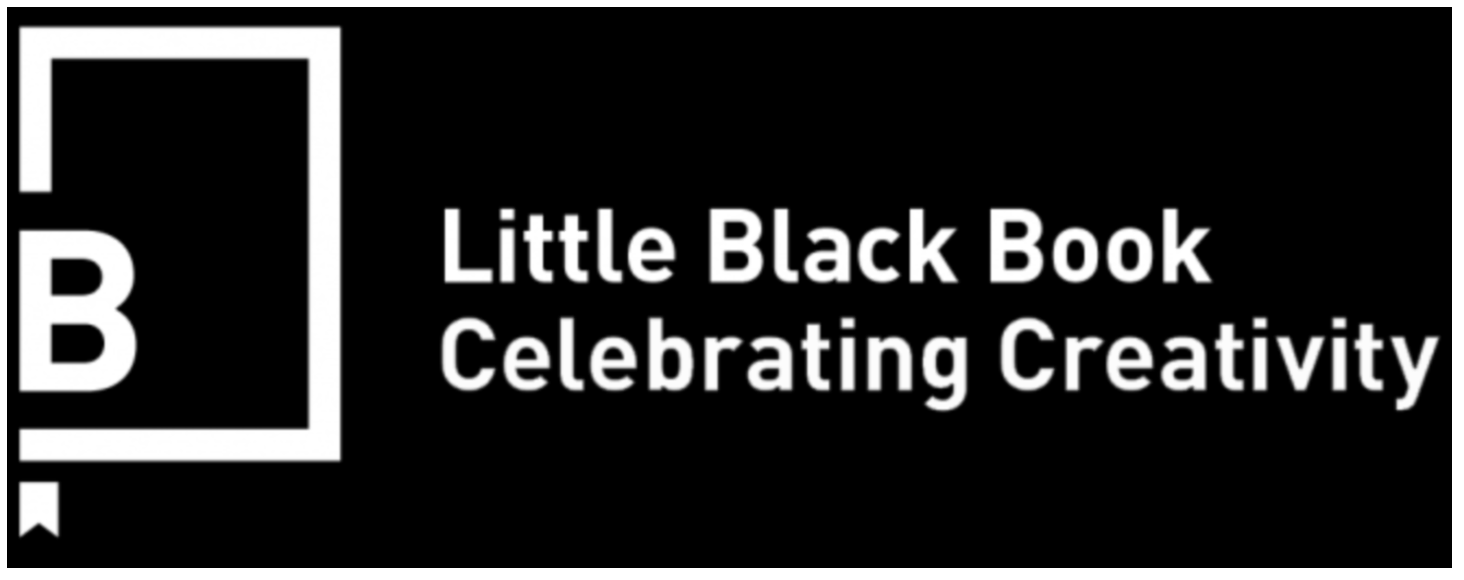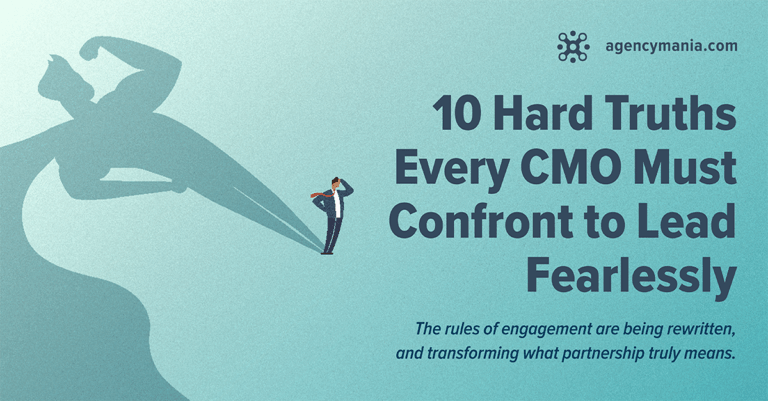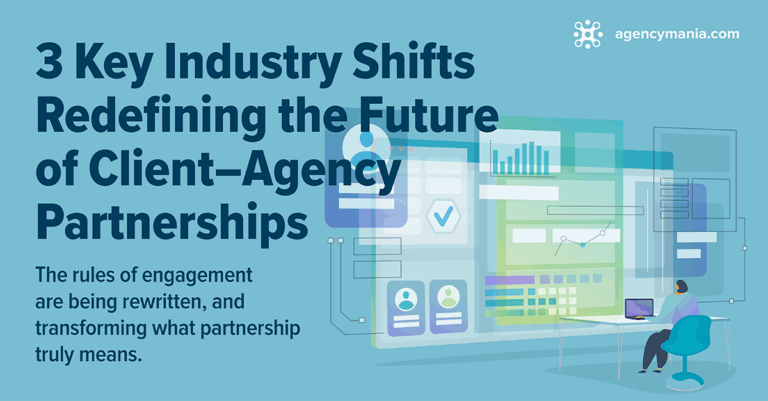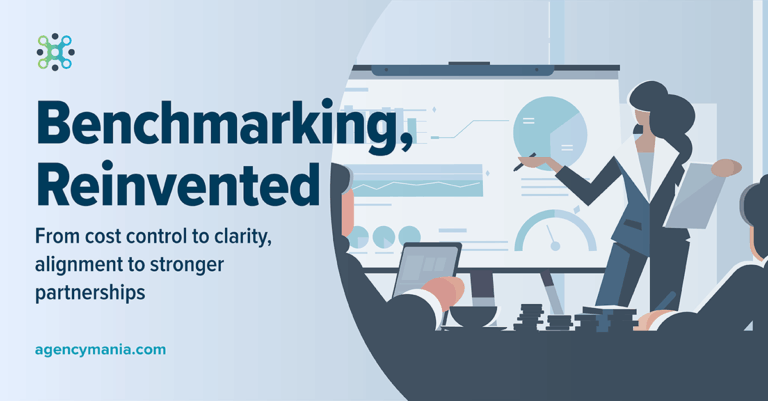The modern techniques and best practices brand advertisers should adopt to successfully negotiate with agencies.
— Read our article featured on Little Black Book —
In October 2018, the “Girl with Balloon” painting by the street artist known as Banksy sold at Sotheby’s auction house in London for $1.4 million. Within seconds after the painting was sold, its frame, with a hidden, built-in shredder, began consuming the artwork. This first-of-a-kind self-destructive painting led to something unexpected, even by the anonymous street artist that designed the secretive mechanism: it immediately increased the value of the now damaged painting. We know that art is highly subjective, and therefore difficult to price. This incident only reinforced that point. For years, advertising shared a somewhat similar dilemma, with agencies and clients debating how work should be accurately priced. The more subjective something is, the more negotiable it becomes. Should advertising and marketing services be priced based on their value, based on the talent assigned (aka labor-based retainer agreements), based on performance, or on some pre-determined menu (deliverable-based pricing)? Perhaps all of the above? Since agency pricing is commonly based on both tangible and intangible variables, it is naturally grounds for back-and-forth negotiations.
Lessons learned from the trenches
Early in my career, I was repeatedly warned by colleagues that in agency negotiations, “You never get what you deserve, you get what you negotiate.” The message was clear as crystal: unless I learned to negotiate with my agency, I would most likely be overpaying for their work. After years on both the client and agency sides, I saw firsthand that traditional ways of negotiating, often shooting from the hip, simply led to unwanted or undesired outcomes for both parties. No one ever felt great about the outcome. Clients would pretend to understand pricing proposals and how agencies came up with their numbers. Agencies would pad their proposals to protect their margin, knowing that they would ultimately compromise and give clients discounts. The game was flawed from the outset, yet we all had to play by these industrial-age rules. Clients did not ask the right questions or drive real efficiencies. Agencies did not provide enough useful information or see the value in being transparent about their pricing structures. The result was less than desirable. Today, negotiating is both an artform and a science, with data coming to the rescue and making this process less biased and less ambivalent. It also leads to setting clearer expectations, aligning client objectives with agency capabilities, fostering better work, transparency, and collaboration, and ultimately producing a true win-win outcome. That said, too many clients struggle to train marketers on how to evaluate agency pricing and negotiate productively with agencies.
Better Informed Discussions
A negotiation is essentially a productive dialog during which both parties are looking for common ground, addressing their respective objectives. It requires trust. And trust is only possible when there is a firm commitment to transparency and an open and respectful exchange of relevant data to inform any transactional decision. The level of data shared is highly debatable and varies in size, based on the type of compensation agreement. Some agencies push back on providing cost data to instead focus conversations on value and outcomes. Yet some client organizations feel that some basic level of pricing information (e.g., staffing plan at the deliverable or activity level instead of aggregated) goes a long way in building that trust and educating them on the intrinsic relationship between input and output. Luckily, advertisers and agencies have significantly enhanced their use and sharing of data over the years, leveraging technology like SOW planning and management tools. As a result, clients can share useful data on marketing budgets, key priorities, and scope of work details. Agencies can provide actionable data on talent and resource plans and pricing as well as reasonable justification for those asks. Withholding information, hoping to get an edge or gain better bargaining positions is a thing of the past. By making the above data readily available to each other, both parties are improving their chances to better align expectations, or at least seek clarification where alignment is rather difficult to achieve.
Use Benchmarks Productively
As pricing expert and agency advocate Tim Williams of Ignition Consulting Group rightfully reminds agencies, increasing revenue or reducing costs are not the only ways to increase profitability. Better pricing is another effective way to do so. Agencies apply increasingly greater thoughtfulness at pricing their services. As they attempt to price for value and not costs, it creates even greater uncertainty with marketers already struggling based on cost alone. So, no matter the approach (value or cost), pricing must also be carefully reviewed and assessed by marketers to make sure it is sound and reasonable. In any corporation, it is a client’s fiduciary responsibility to ensure agency pricing is competitive.
One very common data set is to allow advertisers to compare an agency proposal to an historical or third-party benchmark. As with any data set, the source of the data is an important consideration. Third-party benchmark data can provide useful reference points, but its value is often debated by the agencies as its relevancy and integrity may be subject to interpretation. This practice also tends to compare the agency’s pricing proposal to some of the lowest costs available in the client’s benchmark data set. Agencies will assert that it fails to account for the nuances of the work, a given client/agency relationship and its ways of working, the quality of talent it assigns, or the unique value it brings to the table. Internal benchmarks, those based on historical data points which have been aggregated and organized, offer a rich and highly relevant data set to compare new proposals to past ones. These are also less likely to be debated.
For example, a marketer may compare an agency’s staffing plan to another similar agency or another similar assignment. If hypothetically this new proposal necessitates one additional Account Manager, the client will seek to understand the agency’s rationale behind this incremental resource. Both parties can discuss the implications of adding that resource (or not). In the end, the project may justify it: some unforeseen complexity, a client situation requiring heavier hand-holding by the agency, an unusually aggressive schedule, etc. Or the client may be willing to change some of the project parameters (adding more time, taking on more responsibilities, etc.). Benchmarks should be used responsibly, not to set prices arbitrarily, but to uncover areas requiring further discussion and alignment.
Ask Purposeful Questions
Are you asking good questions? French writer and philosopher Voltaire once said: “Judge an individual by his questions rather than his answer.” If you are not asking the right questions, you are not negotiating right, period. Asking relevant, probing, open-ended questions that are designed to prompt a productive dialog with the agency is what marketers or procurement professionals must master to lead effective negotiations. The questions must always be genuine in nature and purposeful. Avoid asking rhetorical or leading questions that are designed to manipulate or exert undue pressure.
Here are some examples of questions and the context in which they can be asked:
- Seeking clarification:
- Can you please walk me through the assumptions that led to your proposal?
- What is the methodology used to determine this estimate?
- What are the most significant variables impacting this proposal?
- Aiming to right-size costs:
- What would we need to remove or adjust to meet this budget target?
- What would be the consequences of reducing these resources?
- How would you suggest we overcome these consequences?
- Understanding potential trade-offs:
- How have you successfully handled a similar gap in the past?
- If you were in my shoes, what change or compromise would you make?
- What part of this plan concerns you the most or is excessively risky?
- Avoiding a dead-end situation:
- Can you please explain in greater detail how you reached that conclusion?
- Would you please share with me what part of this plan is most adaptable?
- What would you say is a reasonable place to get us to agree?
- Driving performance and outcomes:
- What would you recommend we modify to get optimal performance?
- To get the most out of this effort, what improvements do you suggest?
- What additional return should I expect if I were to invest more, not less?
Make Negotiating with Agencies a Core Competency
In agency negotiations, more can be less. If you are dealing with unreasonable clients, the line can easily get crossed. And you always get what you pay for in the end. Cutting corners to artificially meet a budget figure may simply reduce the quality of resources working on your business. Too many short-term compromises can endanger long-term growth. So, we must stay away from archaic negotiation techniques—those based on forceful top-down cost reductions. Instead, we must pursue a more collaborative, bottom-up approach based on responsible expense management and fiscal accountability. And by the same token, we must consider swiftly shifting the conversation and focus from what resources are needed to do the work to the return on marketing investment (ROMI). Effective agency negotiations are not about responsible cost management, they are about value creation.
Most marketers never receive formal training on how to evaluate agency pricing or proposals. They often rely on their marketing procurement counterparts to fill the gaps. Marketing teams are ill-prepared to handle discussions that lead to a win-win outcome. Equipped with better data and technology, negotiations with agencies are equal part art and science. Advertisers can now use data and benchmarks to not only ask better questions, but also to be better clients. The role of the modern marketer is to provide clear guidance, understand resource assumptions, ensure agency costs and outputs are tightly aligned and reasonably competitive, and to focus all efforts on creating value. Effective negotiations are designed to ensure complete alignment of expectations and, when done properly, set the organization and its agency(ies) up for joint commercial success.
By Bruno Gralpois, Author/Speaker, Thought-provocateur, Client/Agency Guru, Entrepreneur, Innovator
August 3, 2021







